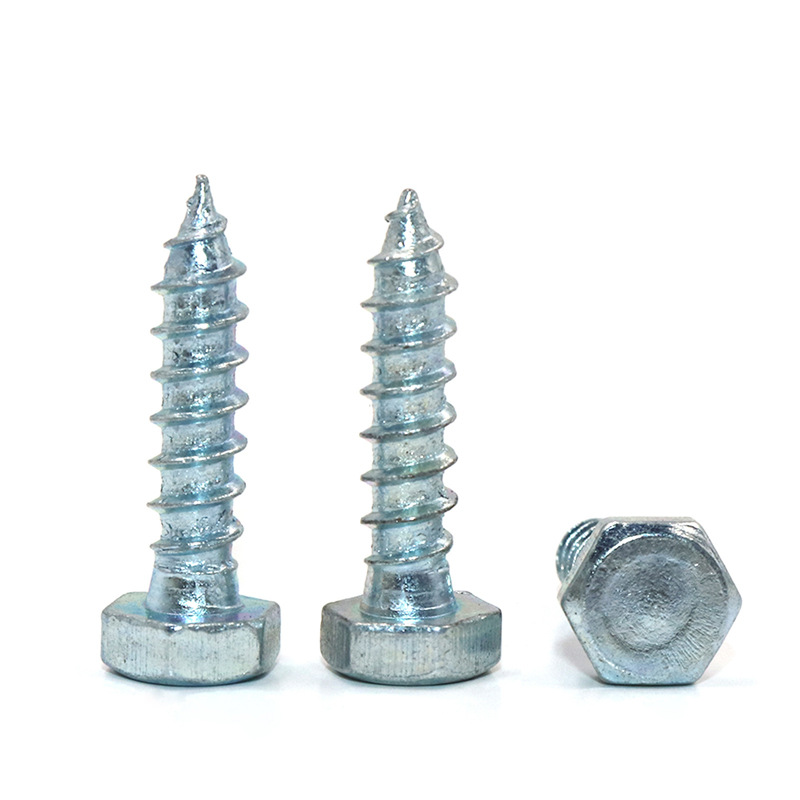

serrated flange hex nut
Nov . 03, 2024 16:57 Back to list
serrated flange hex nut
Understanding the Serrated Flange Hex Nut Features and Applications
The serrated flange hex nut, a critical component in various fastening applications, is distinguished by its unique design which features a flange with serrated edges. This innovative design enhances the nut’s gripping capabilities and is widely used across multiple industries, including automotive, construction, and machinery.
Design and Features
The serrated flange hex nut is characterized by its hexagonal shape, allowing it to be easily tightened with a wrench. The flange, which is the flat circular surface at the base of the nut, provides additional surface area for contact with the material it is securing. The serrations on the flange are typically designed to bite into the surface of the connected part, thereby preventing the nut from loosening due to vibration or movement.
The materials used to manufacture serrated flange hex nuts can vary widely, including stainless steel, carbon steel, and various alloys
. Stainless steel variants are particularly popular due to their corrosion resistance, making them suitable for outdoor and marine applications. The choice of material often depends on the environmental conditions and the application requirements.Advantages
One of the primary advantages of the serrated flange hex nut is its ability to provide greater resistance to loosening. Standard nuts can sometimes loosen over time, especially in high-vibration environments. The serrated edges help to grip the surface of the connected material, thereby enhancing the holding strength. This quality is particularly beneficial in applications such as automotive engines, where vibrations are prevalent.
serrated flange hex nut

Another benefit is the elimination of the need for additional washers. In traditional fastening applications, a washer is often used to distribute force and prevent loosening. However, the integrated design of the serrated flange eliminates this extra component, simplifying the assembly process and reducing the overall cost of materials.
Applications
Serrated flange hex nuts find a wide array of applications. In the automotive industry, they are commonly used to secure components such as exhaust systems, chassis parts, and engine mounts. Their resistance to loosening is crucial in these high-vibration environments, as failure to maintain tight connections can lead to serious mechanical issues.
In construction, these nuts are often utilized in structural applications where safety and stability are paramount. Their design ensures that connections remain secure under stress, which is essential in high-rise buildings and bridges.
Furthermore, the manufacturing and machinery sectors leverage serrated flange hex nuts in various types of machinery. Their ability to withstand extreme conditions makes them ideal for industrial applications where reliability is non-negotiable.
Conclusion
In summary, the serrated flange hex nut is an essential fastening component designed with unique features that set it apart from standard hex nuts. Its serrated flange provides superior grip, making it effective in environments prone to vibration and movement. Its versatility in various materials and applications underscores its importance in industries ranging from automotive to construction. As technology and materials continue to advance, the serrated flange hex nut will remain a vital element in achieving safe and reliable connections in diverse mechanical and structural applications.
Latest news
-
High-Strength Hot Dip Galvanized Bolts - Hebei Longze | Corrosion Resistance, Customization
NewsJul.30,2025
-
Hot Dip Galvanized Bolts-Hebei Longze|Corrosion Resistance&High Strength
NewsJul.30,2025
-
High-Strength Hot-Dip Galvanized Bolts-Hebei Longze|Corrosion Resistance&High Strength
NewsJul.30,2025
-
Hot Dip Galvanized Bolts-Hebei Longze|Corrosion Resistance&High Strength
NewsJul.30,2025
-
Hot Dip Galvanized Bolts - Hebei Longze | Corrosion Resistance, High Strength
NewsJul.30,2025
-
High-Strength Hot Dip Galvanized Bolts-Hebei Longze|Corrosion Resistance, Grade 8.8
NewsJul.30,2025

